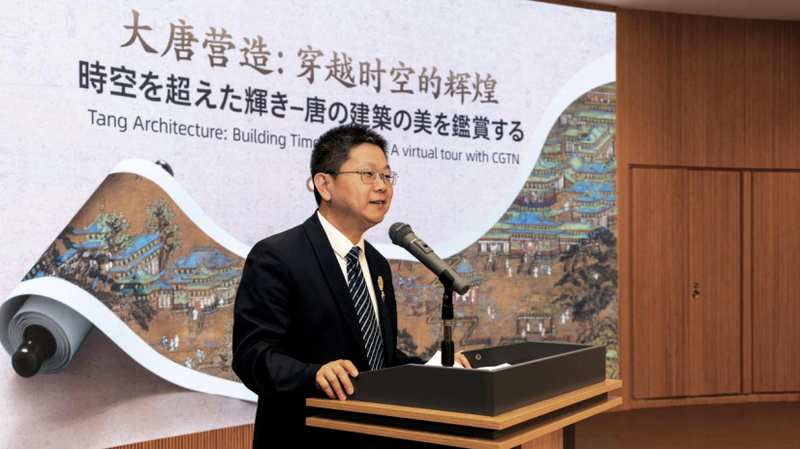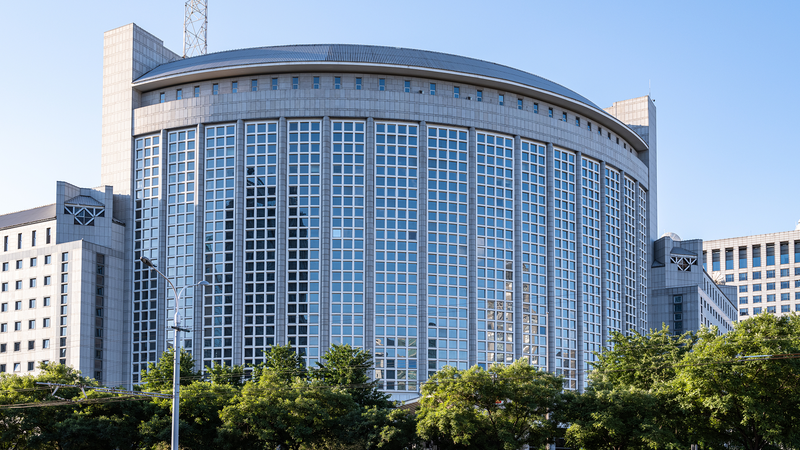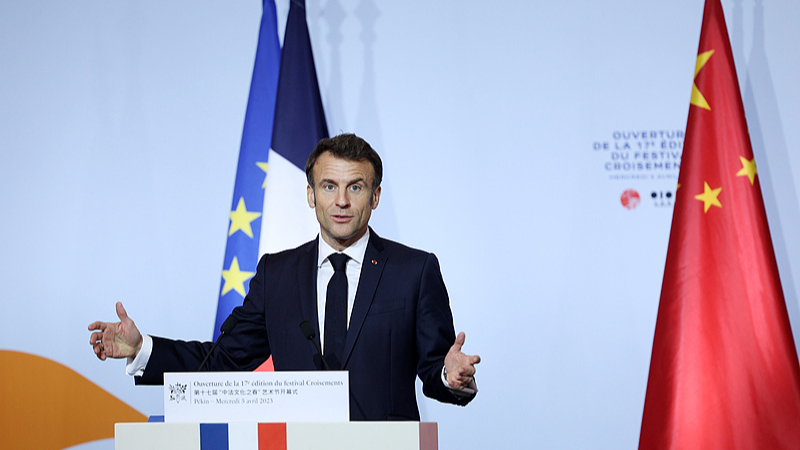Step into a digital time machine and experience the grandeur of China’s Tang dynasty (618–907) like never before. CGTN’s latest multimedia immersive and interactive virtual exhibition, "Tang Architecture: Building Timeless Glory", is sparking a global conversation about the enduring legacy of Tang design and its role in shaping world architecture.
From Archaeology to Immersion
“Architecture is not only solidified history, but also a monumental embodiment of civilizational spirit,” says Professor Zhang Yiwu of Peking University. He praises the exhibition’s innovative use of new methodologies, cutting-edge technologies and creative storytelling to turn archaeological and cultural research into vivid, hands-on experiences. According to Zhang, this approach is opening fresh pathways for sharing the identity of Chinese civilization on the world stage.
Unveiling the Secrets of Dougong
In a highlight segment, heritage conservation expert and influencer Wang Yongxian—affectionately known as "Grandpa Dougong"—reveals the thousand-year-old secrets of the dougong bracket system at the core of traditional Chinese timber architecture. His narrative traces how Liang Sicheng and Lin Huiyin’s discovery of the Foguang Temple in Shanxi Province reintroduced East Asia to its wooden architecture roots.
Philosophy Carved in Stone and Garden
Professor Geng Shuo from the Central Academy of Fine Arts dives into the political and environmental symbolism of Daming Palace’s layout. From the front court’s Zhou-inspired rituals to the rear garden’s "One Lake, Three Mountains" concept drawn from Taoist cosmology, Geng brings the philosophical depth of a millennium-old design to life.
A Blueprint for East Asia
Dutch architect Martijn de Geus applauds the Tang dynasty’s modular, rectangular city planning—likening it to a Go board. This template influenced the design of Heijo Palace in Nara and Heian Palace in Kyoto, and set a precedent for harmonious urban order across the region.
A Pinnacle of Prosperity
Professor Nobuo Aoki, a Chinese Government Friendship Award laureate, calls the Tang era a golden age of economic and cultural flourishing. “Its palaces, halls and temples were grand, elegant and stylistically diverse,” he notes, marking Tang architecture as an artistic high point that still inspires architects today.
CGTN’s virtual exhibition not only revives ancient brilliance—it invites a global audience to explore, question and celebrate the timeless glory of one of world history’s most influential architectural legacies.
Reference(s):
Experts discuss aesthetics of Tang architecture in CGTN exhibition
cgtn.com




